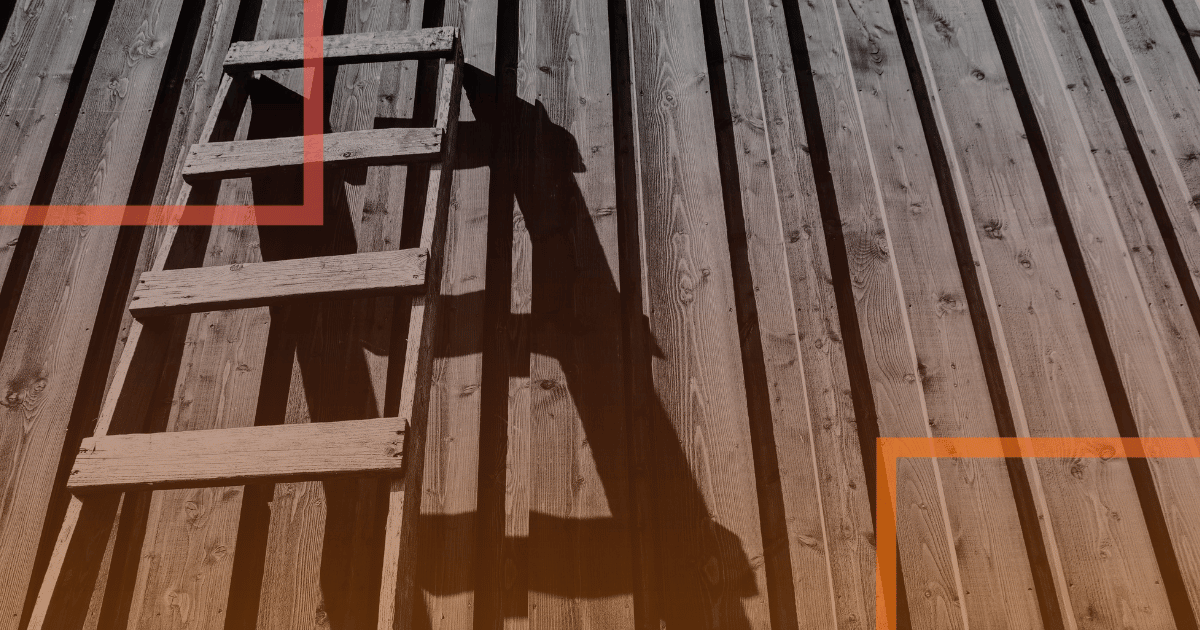By Daphne Grech Cumbo, Up Your Level, Wellness Coach
“Knowledge is power.”
Is it really? If this were true wouldn’t we all be living perfectly healthy lives? We would be exercising daily, eating nutritious meals and meditating every day. As a result, fast food outlet employees would go from flipping burgers to switching weights, sugar will go back to being a scarce commodity as it was in the Middle Ages and meetings will begin with a mediation to set the intention and end with a gratitude practice.
The reality is slightly different: The average executive is sedentary for 8+ hours a day, widely consumed foods are highly processed with large amounts of sugar, salt and saturated fats and people still smoke cigarettes.
The Epiphany
You’ve reached the turning point and decided to do something about your health. You’re savvy enough to be wary of fad diets, so you go to a respected nutritionist and find a personal trainer or a combination of both. You meet your new partners, explain your goals, get on the weighing scales, have a conversation, and your food and exercise plan is issued.
This is all well and good, you’re on your speedy way up the wellness ladder.
Then what happens?

There comes a point where you find yourself back to where you started, it could happen after a few weeks, months, perhaps longer.
It was going so well. What happened?
Usually “life” happens, the obstacles seem insurmountable and it’s easier to drift backwards rather than to trudge forwards against the current.
There are a few reasons why this could happen: Researcher Michelle Segar has found motivation to be a key factor and is generated most effectively using the WHY-WAY-DO model, which you can think of steps in the ladder.
Why: Do we know why we are really taking this journey? Is it because we “should” or is it intrinsically driven by our values? Will we gain something tangible out of it such as increased energy, a dopamine kick from exercise
Way: Did we choose the way we want to reach our wellness goals, that will provide a pleasurable experience for us, or was it something that someone else prescribed and does not make you feel good in that context?
Do: Is this an outcome-based goal or an identity-based one? Outcomes tend to cause stress especially when perfectionism is sought and can be discouraging. Developing a mindset on the other hand is long term and can accommodate the flexibility needed to maintain the structure.
Balancing on each step

We can apply the above model to the wellness goals we wish to achieve.
I will relate my story with cold exposure that has now reached the point where I voluntarily kick off each day with a cold shower, swim in winter and immerse myself in an ice bath when the opportunity arises.
Step 1 — WHY
My “why” began with a Wim Hof workshop I took a year ago with an inspirational WHM instructor Pavla Borg. Even before taking the workshop I had been looking into this method for months and following Pavla’s work and the benefits it has. I had been building my interest and I wanted to experience it.
Step 2 — WAY
The “way” was in the workshop. It was like a day retreat which satisfied my learning buds, curiosity and complemented with a social experience in a natural environment. I enjoyed it.
Step 3 — DO
I did not adopt the cold immersion practices right after the workshop. I went on and off for a while. My mind and body was still getting used to the idea but it was top of mind. Months later Pavla began organising regular meet-ups and formed a community group which helped me embody this mindset and motivated me to continue the practices regularly. Now it is inbuilt in my mindset and when I was unwell and did not take my regular cold morning shower for a couple of days, I really felt I was missing out!
The key to sustainable wellness
Taking time to absorb and zone in on each step can be the key to building a sustainable wellness practice, skipping or skimming over steps can be the road to a dead end. Embrace each step in the ladder and build additional ones in between if that’s what’s required at the time.
A wellness coach can help with this process, by guiding you up the ladder to:
- develop a wellness mindset
- engage with habit/s that reflect your wellness goals
- integrate them as part of a sustainable wellness practice in your life
If you want to find out how you can build a sustainable wellness plan for yourself or your team, which aligns with your identity and goals, express your interest here.
Article originally published on Medium



